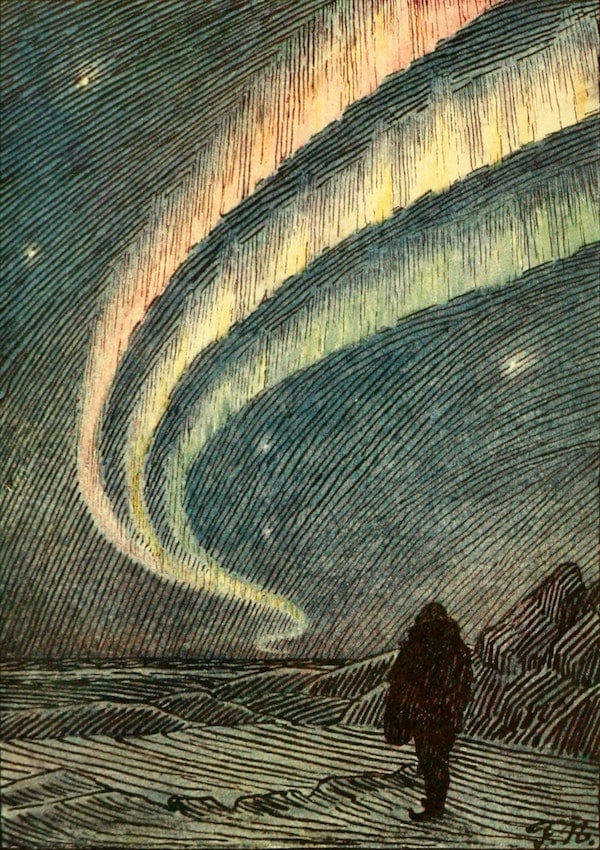Review of 2023 book: How Life Works: A User’s Guide to the New Biology Philip Ball. ISBN9781529095999
Theoretical biologist here. This is an incredibly important book. I just bought it a few minutes ago and so I’m only partway through the beginning, but it’s summarizing everything people from my school of thought (complex adaptive systems theory, multilevel selection models, and so on) have been arguing for two or three decades. It’s a very fast read so far (probably less so if you’re less familiar with the points the author is making), but I really hope that this book has an impact that’s reflective of the timeliness and cohesiveness (as I am reading into what the author is preparing to argue) deserves.
Maybe finish the book before you decide?
Yeh! Good to see the rusty machine (and self-deprecating) model fading away and being replaced by real appreciation of the true marvels that have emerged over millions of years. (Science’s mechanical models were all so … 18th century!)
(Not so familiar with biology but did enjoy hearing about the tack Lee Cronin’s taken.)
Craig Venter, the infamous head of the Human Genome Project and who created the first “synthetic” cell, has been saying this stuff for years. It’s remarkable how ahead of the times he is, perhaps because he’s not beholden to an academic institution.
He claims that a “tree of life” is fallacious, that there is no junk DNA, and that the bare minimum genes necessary for a living cell still can’t be determined even after decades of research.
I hope that the authors of the new Extended Evolutionary Synthesis will admit the deficiency of outdated assumptions and reject dogmatic approaches to the theory, as implied by the author of the book reviewed in this article.
Which theory exactly are we rejecting dogmatic approaches to?
How could there be no junk DNA? There are plenty of inserted regions of repeating codons, between regions that are read (outside of replication). DNA replicators are very simple machines, they copy until they’re told to stop, I agree that any junk DNA in the human genome has been there for a very long time, but it’s not difficult to find single cell organisms that have introduced previously non-self DNA in their genome. If that DNA isn’t used besides replication then it’s junk is it not?
Also telomeres are pretty synonymous with junk DNA, until they aren’t, or is every shortening of the telomere removing information vital to a cells function?
What a dishonest bs. It’s not the scientists who communicate these dumbed down “theories”, it’s journalists and trivial science books and shows.
Makes me loose all respect for the author.
At the university were I studied professors were constantly talking about what we don’t know. Formulated every theory extremely carefully, there was no “it is like that”. What kind of scientists is he talking about?
Another metaphor that Ball criticizes is that of a protein with a fixed shape binding to its target being similar to how a key fits into a lock. Many proteins, he points out, have disordered domains — sections whose shape is not fixed, but changes constantly.
I dunno, kinda sounds to me like a good educational metaphor. Yea, not 100% accurate but good enough for high school biology. You need to make some simplifications for the sake of education. Not everyone can care about the complex intricacies of genes and proteins.






